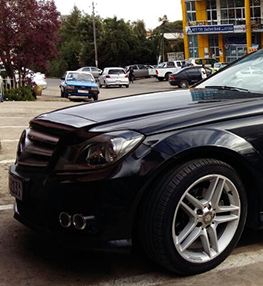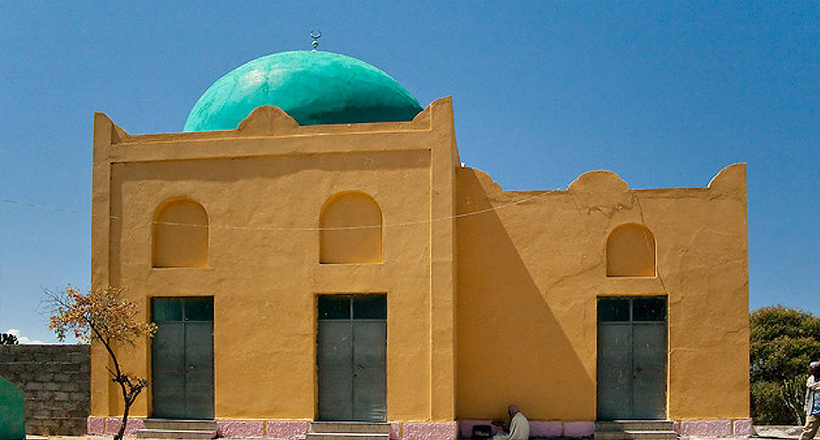info@nateethiopiatours.com
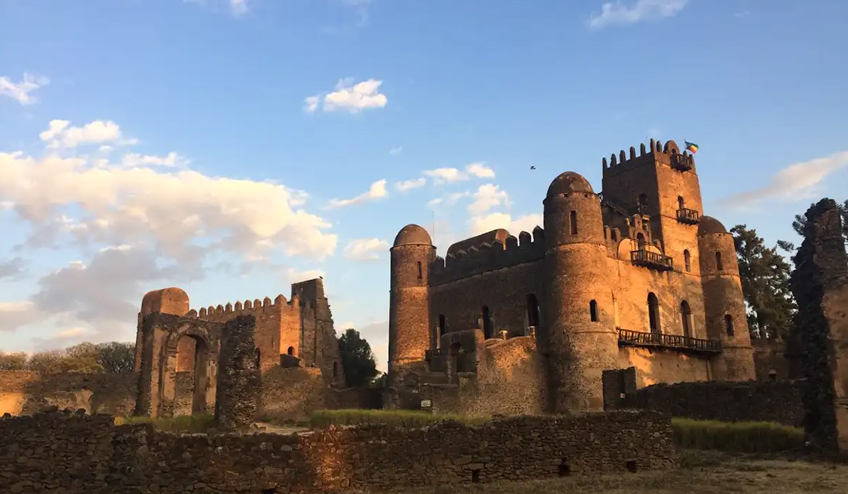
- Gondar
THE CAMELOT OF AFRICA
Gondar was the 17th century capital of Ethiopia, and is notable for its Medieval Castles and churches. The city's unique Imperial compound contains a number of Castles built between 1632 and 1855 by various Emperors who reigned during this period. These dramatic Castles, unlike any other in Africa, display richness in architecture that reveals the Axumite traditions as well as the influence of Arabia. Other treasures of Gondar include the 18th century palace of Ras Bet, the bath of Fasiledes, the ruined palace of Kusquam, and the church of Debre Berhan Selassie with its unique murals.
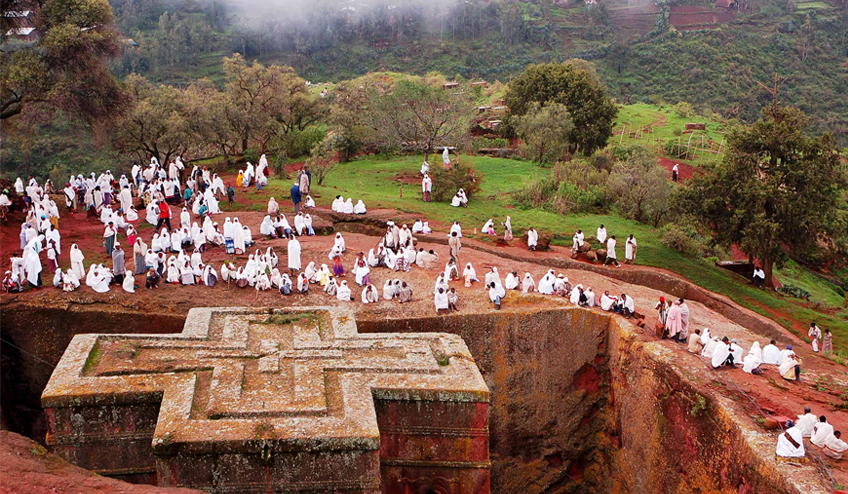
- Lalibela
EIGHTH WONDER OF THE WORLD
King Lalibela is credited with the foundation of the 11 rock-hewn churches in the 12th century. One of the world's most incredible man-made creations, they are a lasting monument to man's faith in God. Most travel writers describe these churches as the "eighth wonder of the world". These remarkable edifices were carved out of a solid rock, in a region where the ragged landscape still protects the churches from mass tourism. The 11 man-made churches are found in and around the town of Lalibela. Other churches are reached by a 45-minutes drive by 4x4 vehicle, or a three hour ride on mule-back. The venue for some of the most famous church festivals in Ethiopia, a visit during the great celebrations of Genna (Chris mass) and Timket (Epiphany) is particularly rewarding.
NEGASH
Negash is a small village located 60 Kms East of Mekele, the Capital of Tigray region. It is the place was the first mosque was constructed in Ethiopia. It also serves as enduring reminder of the warm welcome extended by the Ethiopian king of the time when those Muslims including the family of the prophet Mohammed fled from persecution in their own land found refuge in Ethiopia during the early years of the Seventh century. Since then, Negash has been a place of great historical and religious significance in a sense that it is a symbol of peaceful coexistence between Muslim and Christian religions
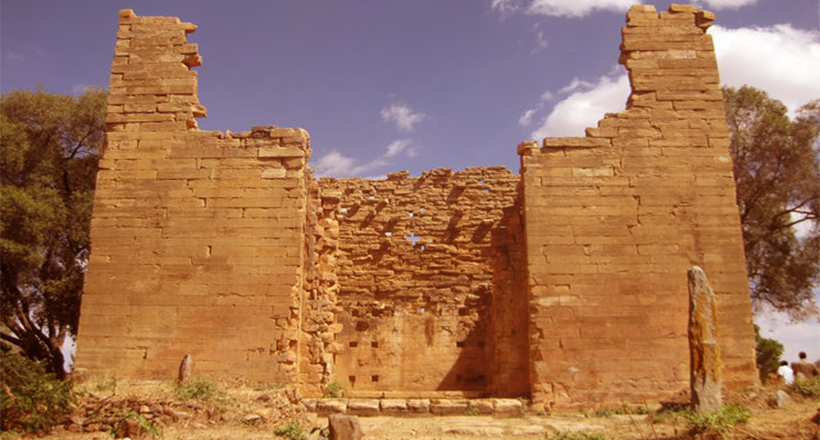
- Yaha
YAHA
Ethiopia's earliest known capital, Yeha, is less than two hours' drive from Axum through some dramatic highland scenery. As the birthplace of the country's earliest high civilization, it is well worth visiting. The ruins of this large, pre-Christian temple, erected around the fifth century BC, consist of a single roofless oblong chamber 20 meters (66 feet) along by 15 meters (50 feet) wide. The windowless 10 meters high walls are built of smoothly polished stones, some of them more than 3 meters long, carefully placed one atop the other without the use of mortar.
